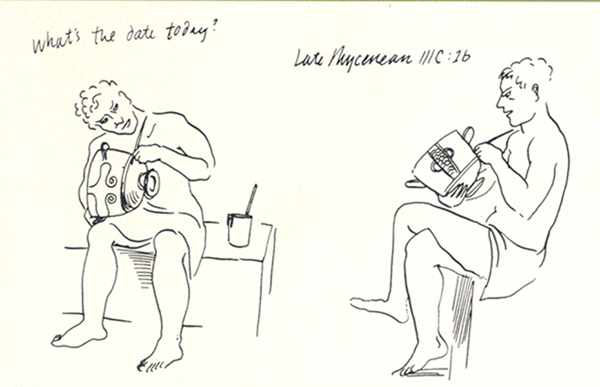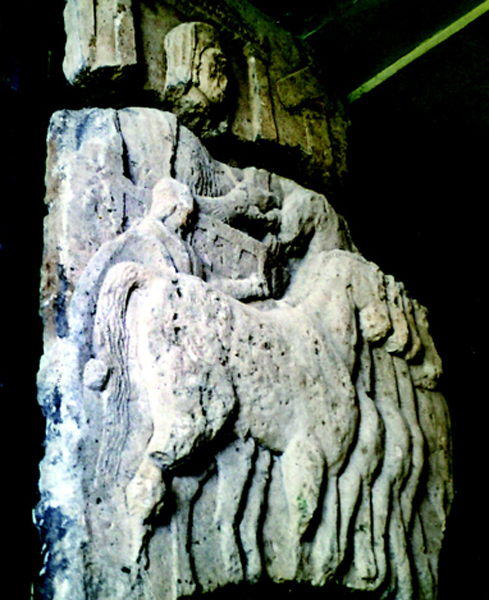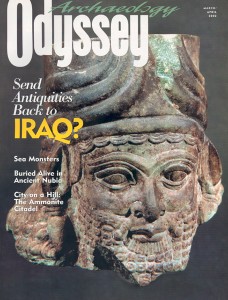
A Once-Thriving Greek City on the Black Sea

With the collapse of the Soviet Union, the site of ancient Panticapaeum, on the northern coast of the Black Sea, has become more and more accessible to archaeologists—and vandals. A thriving black market in looted antiquities is threatening to destroy the remains of the Greek city.
Located on the Crimean peninsula near a narrow strait connecting the Black Sea with the Sea of Azov, Panticapaeum (modern Kerch, in the Ukraine) prospered from trade in wheat and other goods. In 438 B.C. the region was conquered by the Spartocids, a Thracian tribe influenced by Greek culture, who ruled the Crimea from Panticapaeum for over 300 years.
The city thrived under the Spartocid dynasty. Some scholars estimate that during the fourth and third centuries B.C. Panticapaeum supported a population of 40,000 people, making it one of the largest cities in the Greek-speaking world. The city’s gold coinage and magnificently furnished rock tombs suggest that it was also one of the wealthiest.
A 6-foot-high relief carving (above) from the Spartocid period was recently uncovered in the city. Probably dating to the fourth century B.C., the carving shows the Greek harvest goddess Demeter seated on a chariot and greeting an as-yet-unidentified Spartocid king.
Already a library member? Log in here.
Institution user? Log in with your IP address.

